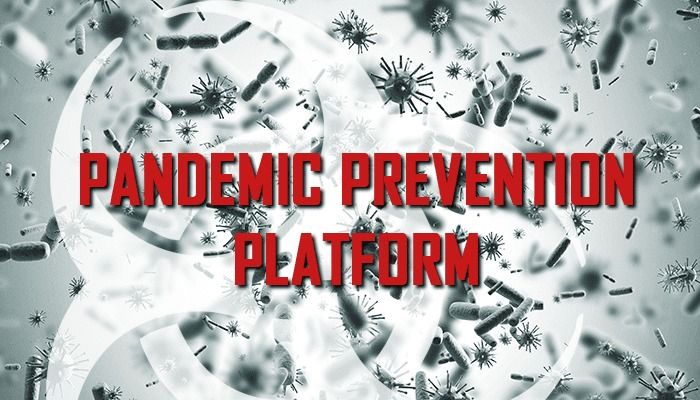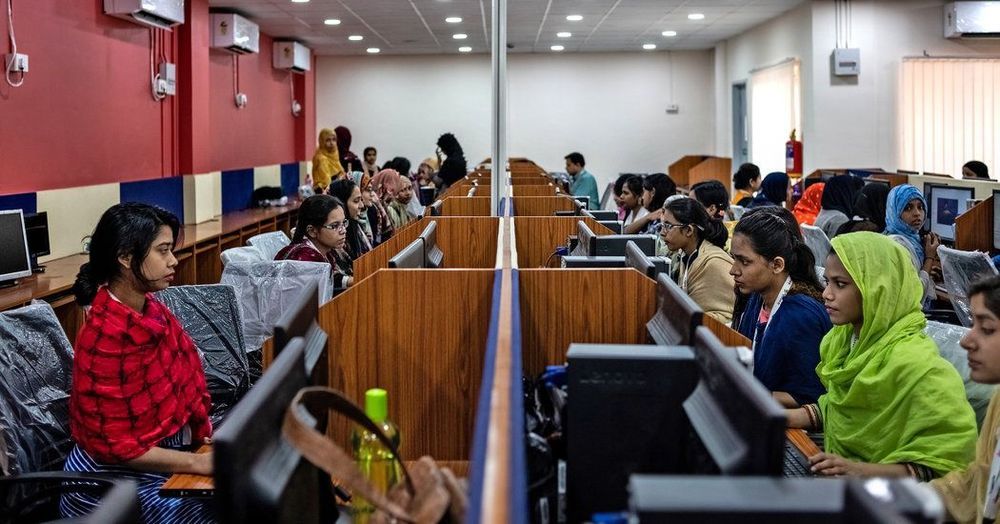Category: health

The Woman Who Gave Us the Science of Normal Life
Ellen Swallow Richards was not going to be intimidated by a room full of health experts and officials. Children were dying and their parents, Boston’s taxpayers, and city officials were to blame. The tiny, square-chinned woman thought nothing of climbing over boulders in petticoats, collecting thousands of water samples by horseback, or exploring mines on her honeymoon. So when she took the podium at the 1896 meeting of the American Public Health Association, she wasted no time in laying out her evidence.
More than 5,000 cases of illness could be attributed to the illegal conditions in Boston’s public schools, she said. Buildings lacked ventilation. Sewer pipes were still open. Toilets were filthy. Some 41 percent of the floors had never been washed. Only 27 of the city’s 168 schools had fire escapes that worked. Fully half of Boston’s schoolhouses were “deleterious to health.” The public and parents should be charged with “the murder of some 200 children per year,” Richards declared, their deaths entirely preventable from environmental hazards.
The strident, accusatory tone of Richards’ speech was remarkable, given how tactful she had been in the first two decades of her career. That tact had been a coping strategy, characteristic of a pragmatic feminism. Richards had been the first woman admitted to the Massachusetts Institute of Technology and the university’s first woman instructor. To blend in, she made a conscious effort to appear as unthreatening and feminine as she possibly could to her male colleagues. She even mended their clothes when they asked.

Stopping Pandemic X: DARPA Names Researchers Working to Halt Outbreaks
The Defense Advanced Research Projects Agency (DARPA) launched the Pandemic Prevention Platform (P3) program in 2017, with the eventual goal of halting the spread of any infectious disease outbreak before it can escalate into a pandemic.
Current approaches for recent public health emergencies due to infectious diseases have not produced effective preventive or therapeutic solutions in a relevant timescale. Examples from recent outbreaks such as H3N2 (flu), Ebola, and Zika viruses highlight the significant lag in deployment and efficacy of life-saving solutions.

A.I. Is Learning From Humans. Many Humans
Before an A.I. system can learn, someone has to label the data supplied to it. Humans, for example, must pinpoint the polyps. The work is vital to the creation of artificial intelligence like self-driving cars, surveillance systems and automated health care.
Artificial intelligence is being taught by thousands of office workers around the world. It is not exactly futuristic work.
At iMerit offices in Kolkata, India, employees label images that are used to teach artificial intelligence systems. Credit Credit Rebecca Conway for The New York Times.

Tweaked CRISPR in neurons gives scientists new power to probe brain diseases
A team of scientists at UC San Francisco and the National Institutes of Health have achieved another CRISPR first, one which may fundamentally alter the way scientists study brain diseases.
In a paper published August 15 in the journal Neuron, the researchers describe a technique that uses a special version of CRISPR developed at UCSF to systematically alter the activity of genes in human neurons generated from stem cells, the first successful merger of stem cell-derived cell types and CRISPR screening technologies.
Though mutations and other genetic variants are known to be associated with an increased risk for many neurological diseases, technological bottlenecks have thwarted the efforts of scientists working to understand exactly how these genes cause disease.


Want to know the meaning of life? It starts with health
A new study discovered that lack of purpose leads to earlier death.

